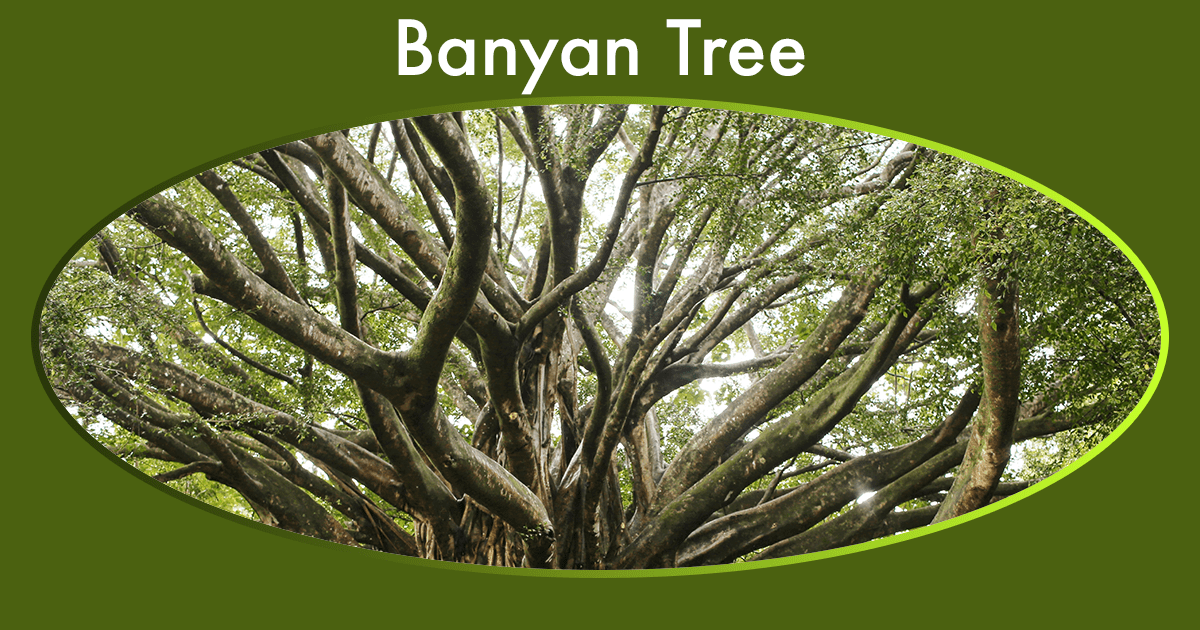Oak trees and Banyan trees are both fascinating tree species with unique characteristics and ecological importance. Oak trees are tall and deciduous, known for their strong wood and acorns, which are a food source for many animals. Banyan trees are tropical fig trees, known for their wide-spreading canopy that can cover several acres and aerial roots that form complex ecosystems. Both tree species are important as habitat and food sources for many animals, and have cultural significance in different parts of the world. Ultimately, it is difficult to determine which tree species is more fascinating as both play an important role in the ecosystem.
Introduction
Trees are valuable organisms that provide shade, oxygen, and beauty to our planet. Among the many tree species, Oak trees and Banyan trees stand out for their unique characteristics and ecological importance. In this article, we will compare and contrast these two tree species and try to determine which one is more fascinating.
Physical Characteristics
Oak trees are tall, deciduous trees that can grow up to 100 feet tall. They have broad, flat leaves that turn yellow or brown in the fall. Oak trees are known for their strong wood and acorns, which are a food source for many animals.
On the other hand, Banyan trees are tropical fig trees that can grow up to 100 feet tall and have a wide-spreading canopy that can cover several acres. Banyan trees have large, glossy leaves and produce aerial roots that grow down from the branches and eventually form new trunks. Banyan trees are known for their unique growth habit and ability to form complex ecosystems within their aerial roots.
Ecological Importance
Oak trees are important as a food source and habitat for many animals such as squirrels, deer, and birds. Their acorns are an important food source for these animals during the winter months, and their wide canopy provides shade and protection from the sun.
Banyan trees are also important for their ecological role. They are known for their ability to form complex ecosystems within their aerial roots. This unique growth habit allows them to create habitats for many animals including birds, bats, lizards, and insects. Moreover, the large canopy of Banyan trees provides shade and helps to reduce the heat island effect in urban areas.
Cultural Significance
Oak trees have played a significant role in human culture for thousands of years. They have been used for building materials, furniture, and firewood. Oak trees are also a symbol of strength and durability, and many cultures have used them to represent these qualities in their mythology and storytelling.
Banyan trees also have cultural significance in many parts of the world. They are often used as a symbol of wisdom and longevity, and many cultures believe that they have spiritual significance. In Hinduism, for example, the Banyan tree is considered a sacred symbol of immortality and is often associated with Lord Shiva.
Conclusion
Both Oak trees and Banyan trees are fascinating tree species with unique characteristics and ecological importance. While Oak trees are known for their strong wood and acorns, Banyan trees are known for their aerial roots and ability to form complex ecosystems. Additionally, both tree species have cultural significance in different parts of the world.
Ultimately, it is difficult to determine which tree species is more fascinating. However, one thing is clear: both Oak trees and Banyan trees are valuable organisms that play an important role in our planet’s ecosystem.
